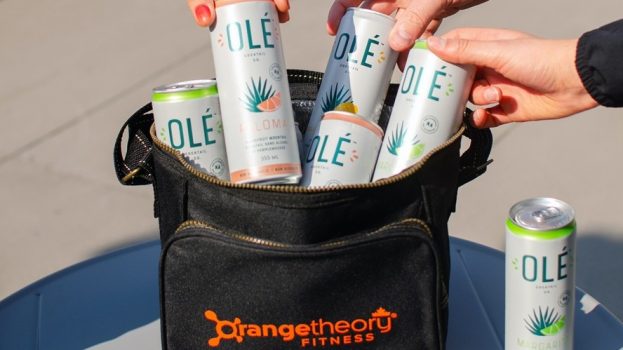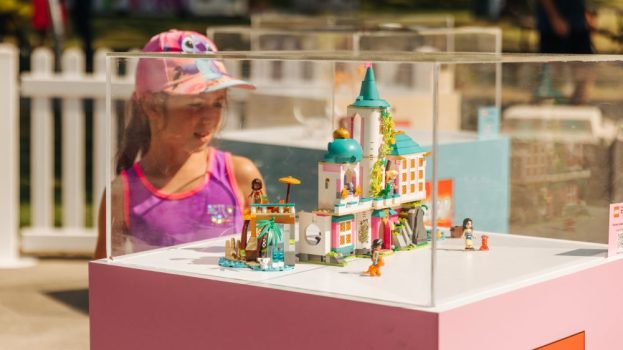Imagine having the Pillsbury Doughboy standing in the aisles with you, telling you about the latest edible product from the brand or Tony the Tiger sharing how “Grrrrreat!” a new flavour of Frosted Flakes is.
Blending the virtual world with real-life surroundings, Toronto-based Awe’s Time Tablet app can makes this possible. In fact, the AR tech will be used at Fort York National Historic Site when a planned new visitor centre opens in spring 2015, where visitors holding pre-loaded tablets will be able to interact with avatars re-enacting historic scenes.
But beyond providing an engaging way to share Toronto’s history, Awe founder Srinivas Krishna envisions opportunities for brands to use the app, which utilizes a mobile device’s camera, sensors and room-mapping systems to create immersive, augmented reality scenarios that can be experienced by individuals or large groups of people at the same time.
Launched in 2012, the Toronto-based startup, working with scientists at Ryerson University and University of Ontario Institute of Technology, has developed the proprietary technology for mobile devices. Unlike other AR tech on the market, which relies on tags or objects in the real world to trigger an event, the Time Tablet tech allows users to download an experience which they can participate in at a pre-determined location. Krishna says brands have the option of creating a pre-determined story, or the avatars can be aware of human’s presence and able to interact and respond to them. (However, this artificial intelligence is still in its infancy, and likely won’t be available right off the bat.) Another interesting aspect is the user’s ability to view through the tablet both real people and avatars interacting in the same space.
“It’s really a mind trip,” Krishna says. “It’s like you’re inside a multi-player game where you see the other players.”
[iframe_vimeo video=”89273408″]
So far, Awe has teamed up with Richmond Hill-based Access Retail Group, a manufacturer and supplier of retail displays, to produce what Krishna says are essentially 3D ads that could bring brand’s characters right into store aisles.
“It’s like a TV commercial, on location, in the space that you’re in,” Krishna says.
Awe and the Access Retail Group want to partner with agencies and advertisers to “help brands capture the attention of people who are on their devices,” he says. He sees toy manufacturers as prime candidates to make use of the tech. The system currently works on iOS but there are plans to add Android later, while Awe is in talks with “glass” makers to create a hands-free experience, Krishna, who is also founder of Divani Films, says.
Colleen Darragh, VP marketing of Access Retail Group, says she believes the technology offers brands a solution for engaging consumers distracted by their mobile phones.
“Right off the top of my head, it could be the Pillsbury Doughboy,” she says of the type of virtual character a customer might interact with. “Someone could even reach out their finger and poke his stomach in the augmented reality and make him giggle.”
For her company’s clients, which include large CPGs, retailers and QSRs, including Kraft and Walmart, it can also provide crucial data about customers as they engage with the virtual characters, allowing brands to create a dialogue with consumers.
“If we can provide an experience to customers in a variety of locations, we can tell you basically where people engage with things at a particular time of day, what they respond to and what they don’t respond to in your campaign,” adds Krishna. “In an age of increasingly programmatic advertising, I think what we are doing is going to be very attractive.”
























